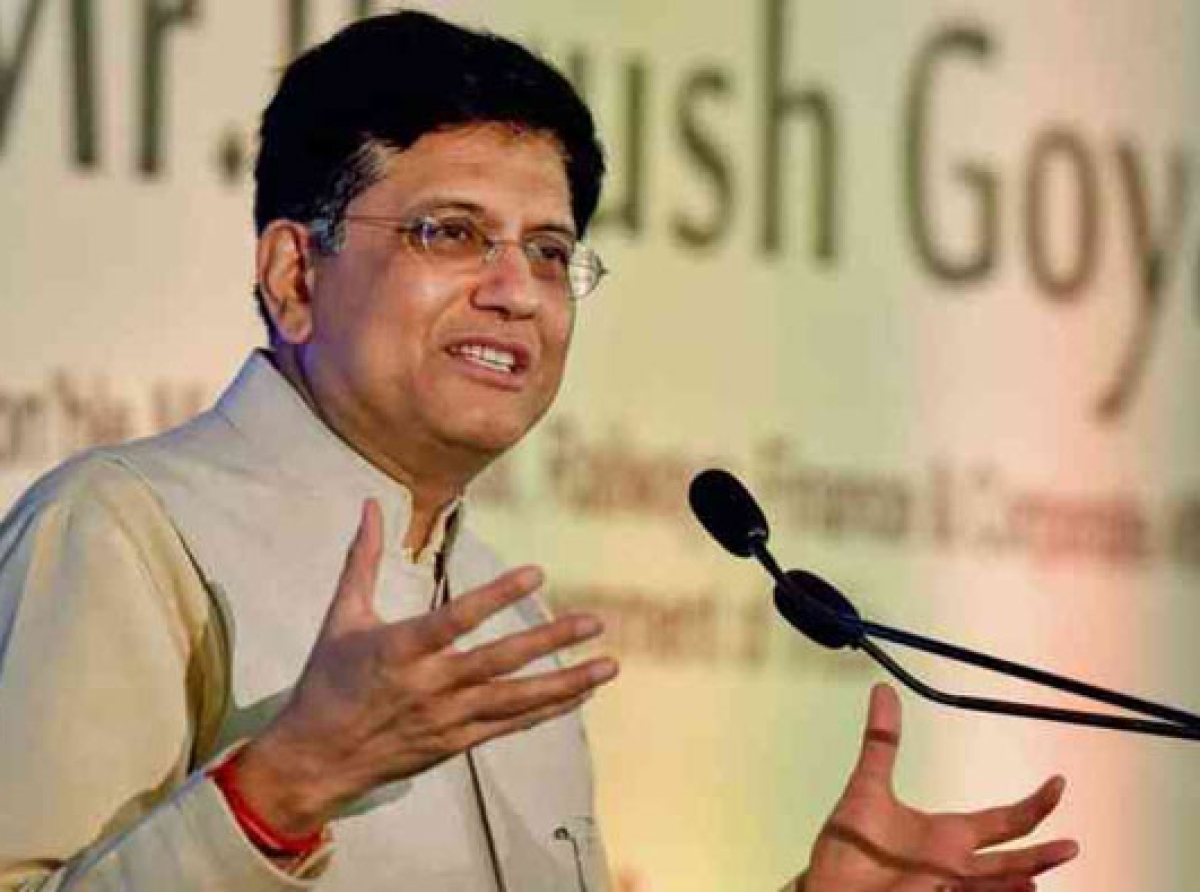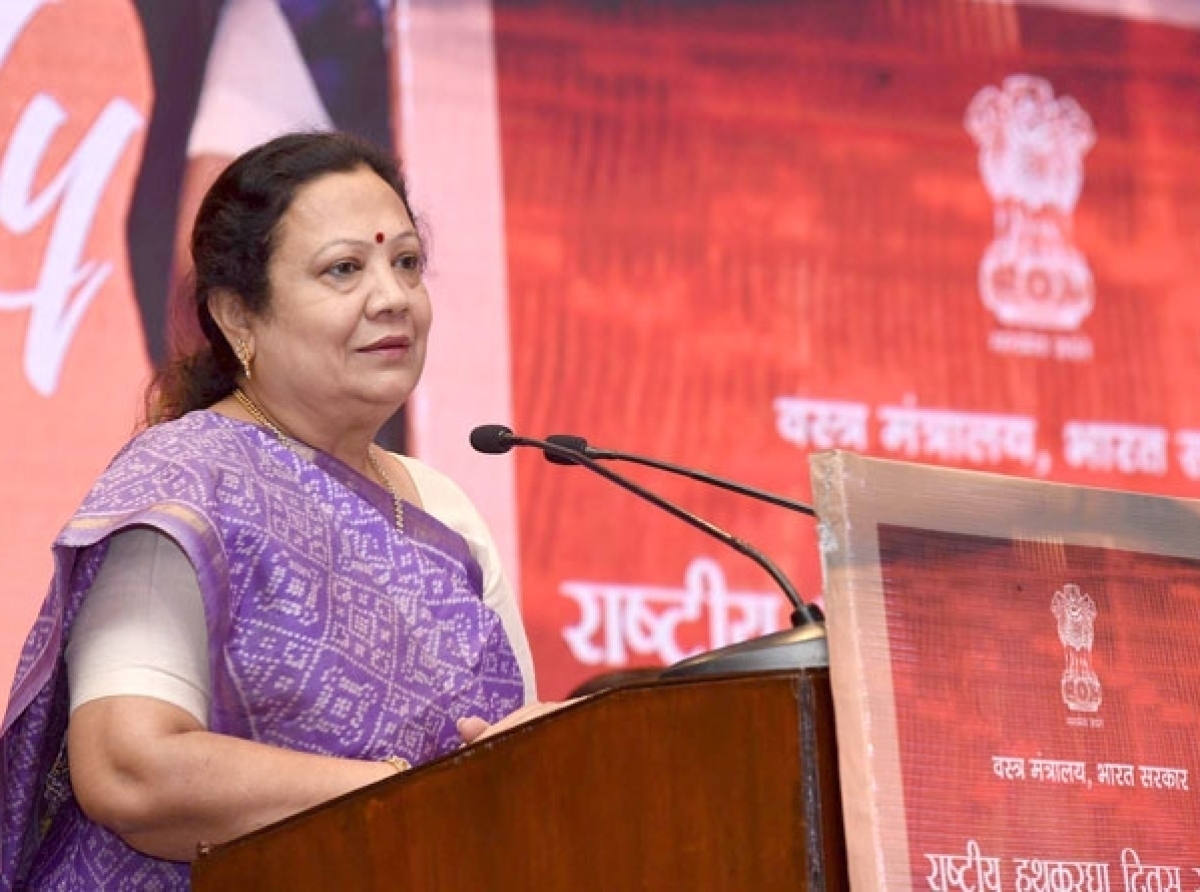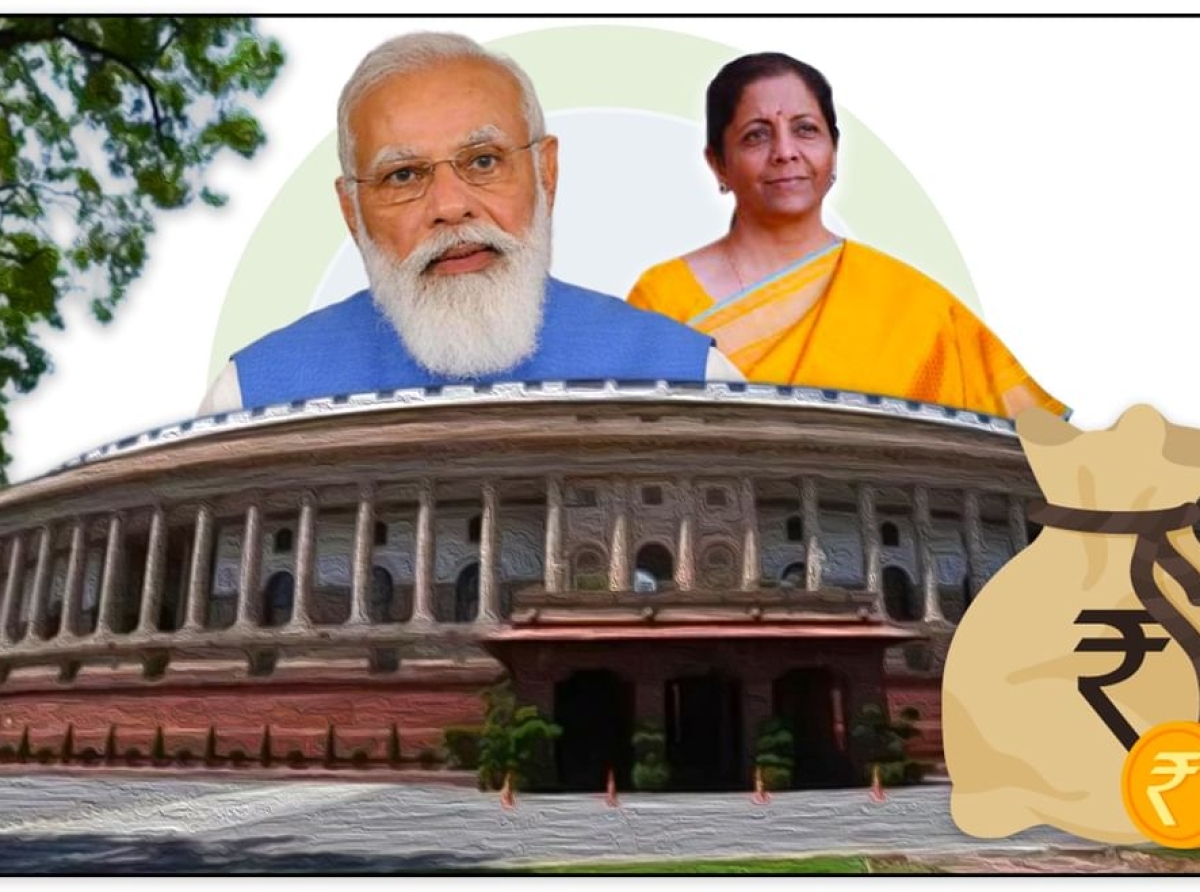06 May 2022, Mumbai:
Production Linked Incentive Scheme (PLI) for Textiles
The objective is to enable the Textile sector to achieve size and scale and become competitive.
Increased availability of MMF and MMF yarn will contribute to the overall growth in the textile industry using mixed fibre/yarn.
The domestic manufacturing sector faces a lack of a level playing field vis-à-vis competing nations.

ALSO READ Darshana Jardosh: Integrating the Value Chain is the need of the Hour
The sector suffers disability on account of a lack of adequate infrastructure
domestic supply chain and logistics
high cost of finance
inadequate availability of quality power
limited design capabilities
focus on R&D by the industry
inadequacies in skill development etc
_large.jpeg)
RELEVANT NEWS Production Linked Incentive (PLI) Scheme for Textiles: Operational guidelines issued
The government had approved the PLI scheme for Textile products like MMF apparel, MMF fabrics, and products of technical textiles for enhancing manufacturing capabilities and boosting exports with an approved financial outlay of Rs 10,683 crore over a five-year period.
The PLI scheme for textiles covers 40 man-made fibre (MMF) garment items, 14 MMF fabric goods, and 10 technical textile products.
The spokesperson from the Ministry of Textiles, “We have taken a number of steps to promote the growth of the technical textile sector. There has been a very good response for the PLI scheme”.
Economic Survey 2022 has estimated the production-linked incentive (PLI) scheme will result in a fresh investment of Rs 19,000 crore in the textile sector over the next five years.
This could result in a cumulative turnover of over Rs 3 lakh crore and create over 7.5 lakh additional job opportunities in this sector. The textile industry is the second-largest employment generator in the country, next only to agriculture.

RELEVANT NEWS The deadline for applying for the PLI scheme has been extended once more
“In the last decade, close to Rs 203,000 crore have been invested in this industry with direct and indirect employment of about 105 million people, a major part of which is women,” the survey said.
Despite being deeply affected by the lockdowns, the industry has shown remarkable recovery, as reflected by the Index of Industrial Production of 3.6 percent from April-October 2020.
The composition of the EGoS for monitoring PLI for Textiles was as under
Cabinet Secretary, Chairperson
1. CEO, NITI Aayog, Member
2. Secretary, Department for Promotion of Industry and Internal Trade, Member Convenor
3. Secretary, Department of Commerce, Member
4. Secretary, Department of Revenue, Member
5. Secretary, Department of Economic Affairs, Member
6. Secretary, Ministry of Textiles
1_large.jpg)
The EGoS chaired was by the Cabinet Secretary to monitor the progress of this PLI scheme; undertake periodic reviews of the outgo under the Scheme; ensure uniformity with other PLIs, and take appropriate action to ensure that the expenditure is within the prescribed outlay.
EGoS is also empowered to make any changes in the modalities of the scheme, and address any issue related to genuine hardship that may arise during the course of implementation, within the overall financial outlay of Rs 10,683 crore.

RELEVANT NEWS Textile PLI Sops: The list making the cut for it
The list-making the cut for it is
Monte Carlo Fashions Ltd, Arvind Ltd, Trident Ltd, and Kimberly Clark India Pvt. Ltd including Ginni Filaments is among 61 Indian textiles companies that have qualified for the government’s ambitious production-linked incentive (PLI) scheme for the sector.
The Union Government today (Apr 14) said it has approved 61 applications with an investment potential of over Rs 19,000 crore under the production linked incentive (PLI) scheme for textiles. Textile Secretary U.P. Singh said that a total of 67 proposals were received under the PLI scheme for the textiles sector.
Join our community on Linkedin

























